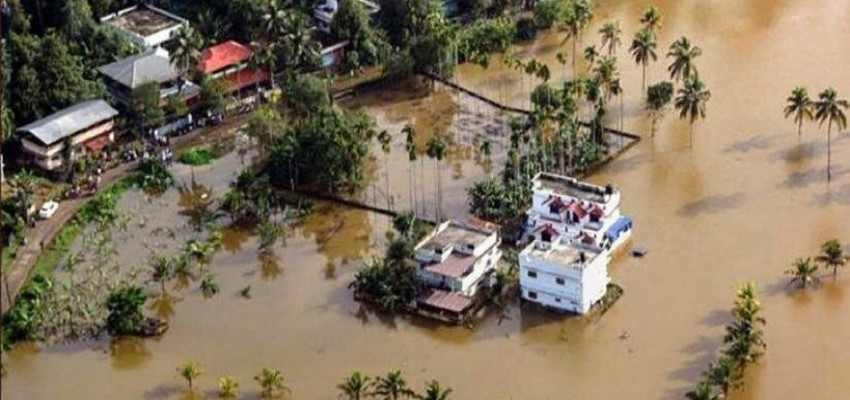
The recent flood wrecking havoc in the southern districts of Tamil Nadu Floods during the monsoon season. The central and state governments are negotiating flood releif amounts. But we need to seriously understand the causes and deal with it accordingly.
Floods are a recurrent and significant natural phenomenon in India. The country experiences a monsoon climate, characterized by a distinct wet season (June to September) and a dry season (October to May). The southwest monsoon brings heavy rainfall to various parts of India, contributing to both the agricultural prosperity and the challenge of managing water resources effectively.
Causes of Flooding During Monsoon in India:
-
Intense Rainfall:
- The monsoon season in India is characterized by intense and concentrated rainfall, especially during the peak months of July and August. Heavy, continuous rain can lead to widespread flooding.
-
Topography:
- The topography of many regions in India, including the presence of rivers and low-lying areas, contributes to the vulnerability of flooding. Flat terrain and poor natural drainage exacerbate the situation.
-
River Systems:
- India has several major river systems, including the Ganges, Brahmaputra, and their tributaries. These rivers often swell during the monsoon, causing both riverbank and flash floods.
-
Urbanization and Poor Drainage:
- Rapid urbanization and inadequate drainage infrastructure in many cities contribute to urban flooding. Paved surfaces prevent natural water absorption, and outdated drainage systems can be overwhelmed.
-
Climate Change:
- Changes in global climate patterns, including the warming of the Indian Ocean, can influence the intensity and distribution of monsoon rains, potentially leading to more extreme weather events, including floods.
Impact of Monsoon Flooding:
-
Agriculture:
- While the monsoon is crucial for agriculture, excessive and untimely rainfall can lead to waterlogging, crop damage, and loss of agricultural productivity.
-
Infrastructure Damage:
- Flooding can cause severe damage to infrastructure, including roads, bridges, and buildings. Urban areas are particularly vulnerable to infrastructure damage.
-
Displacement and Loss of Life:
- Flooding can lead to the displacement of communities and pose a threat to human life. The risk of waterborne diseases also increases.
-
Economic Consequences:
- The economic impact of flooding is significant, affecting sectors such as agriculture, industry, and tourism. The cost of rebuilding and recovery is substantial.
Measures to Mitigate Monsoon Flooding:
-
Flood Management Infrastructure:
- Investment in robust flood control infrastructure, including dams, embankments, and reservoirs, to regulate water flow and prevent downstream flooding.
-
Early Warning Systems:
- Implementation of early warning systems to alert communities about potential floods, allowing for timely evacuation and emergency response.
-
Urban Planning and Drainage:
- Improved urban planning to include proper drainage systems, sustainable construction practices, and zoning regulations to prevent construction in flood-prone areas.
-
Afforestation:
- Afforestation programs to enhance natural water absorption and reduce soil erosion, thereby mitigating the impact of floods.
-
Community Preparedness:
- Community-based programs to educate and prepare residents for floods, emphasizing evacuation plans and emergency measures.
-
Climate-Resilient Agriculture:
- Encouraging climate-resilient agricultural practices to minimize the impact of flooding on crops.
-
International Collaboration:
- Collaboration with neighboring countries to manage transboundary rivers and address shared water management challenges.
The management of monsoon-related flooding in India requires a multi-faceted and coordinated approach involving government agencies, local communities, and environmental experts to build resilience and reduce vulnerability to these natural events.
Note: We request to put in your own thoughts to this discussion so that all those preparing for the UPSC exam get an indepth understanding of the topic. Feel free to ad stats and info.

